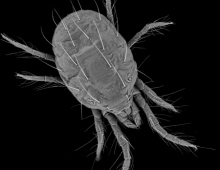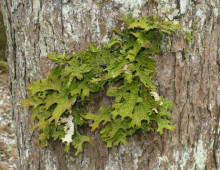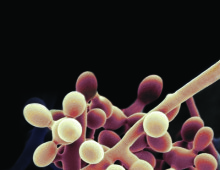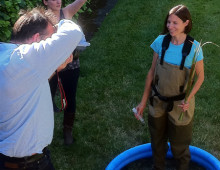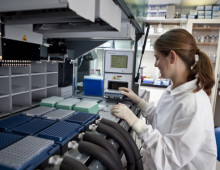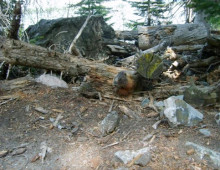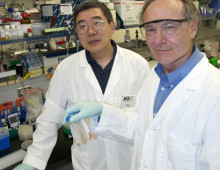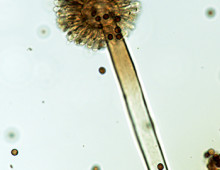Mite-y Genomic Resources For Bioenergy Crop Protection
WALNUT CREEK/BERKELEY, Calif.—For a pest that isn’t quite the size of a comma on a keyboard, the two-spotted spider mite can do a disproportionate amount of damage. These web-spinners extract the nutrients they need from leaves of more than a thousand different plant species, including bioenergy feedstocks and food staples. The cost of chemically controlling… [Read More]
